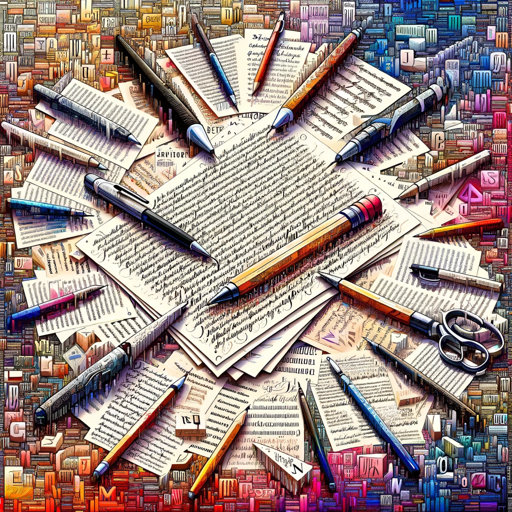
Upload Images: Start by uploading the images containing the text you need transcribed.
Review Output: Once processed, you will receive the transcribed text in a single, contiguous code block for easy access and copying.
Check Summaries and Descriptions: Along with the transcribed text, review the concise summary of content and detailed descriptions of any significant graphics or elements.
Optional Adjustments: You can request adjustments in the recognition process, such as prioritizing common words or focusing on unusual spellings, to suit your specific needs.
Copyright © 2024 Tem Noon - All Rights Reserved
@temnoon or email: [email protected]
As a user of Journal Recognizer OCR, enhanced by advanced AI technology from OpenAI, your experience in transcribing and interpreting journal content is significantly augmented. While Journal Recognizer OCR aims to provide precise transcription and insightful analysis, it's crucial to acknowledge the following best practices for using the output of the Journal Recognizer OCR:
By adhering to these guidelines, your utilization of Journal Recognizer OCR can greatly enhance your efficiency and understanding in dealing with journal content, while ensuring accuracy and reliability in your work.


